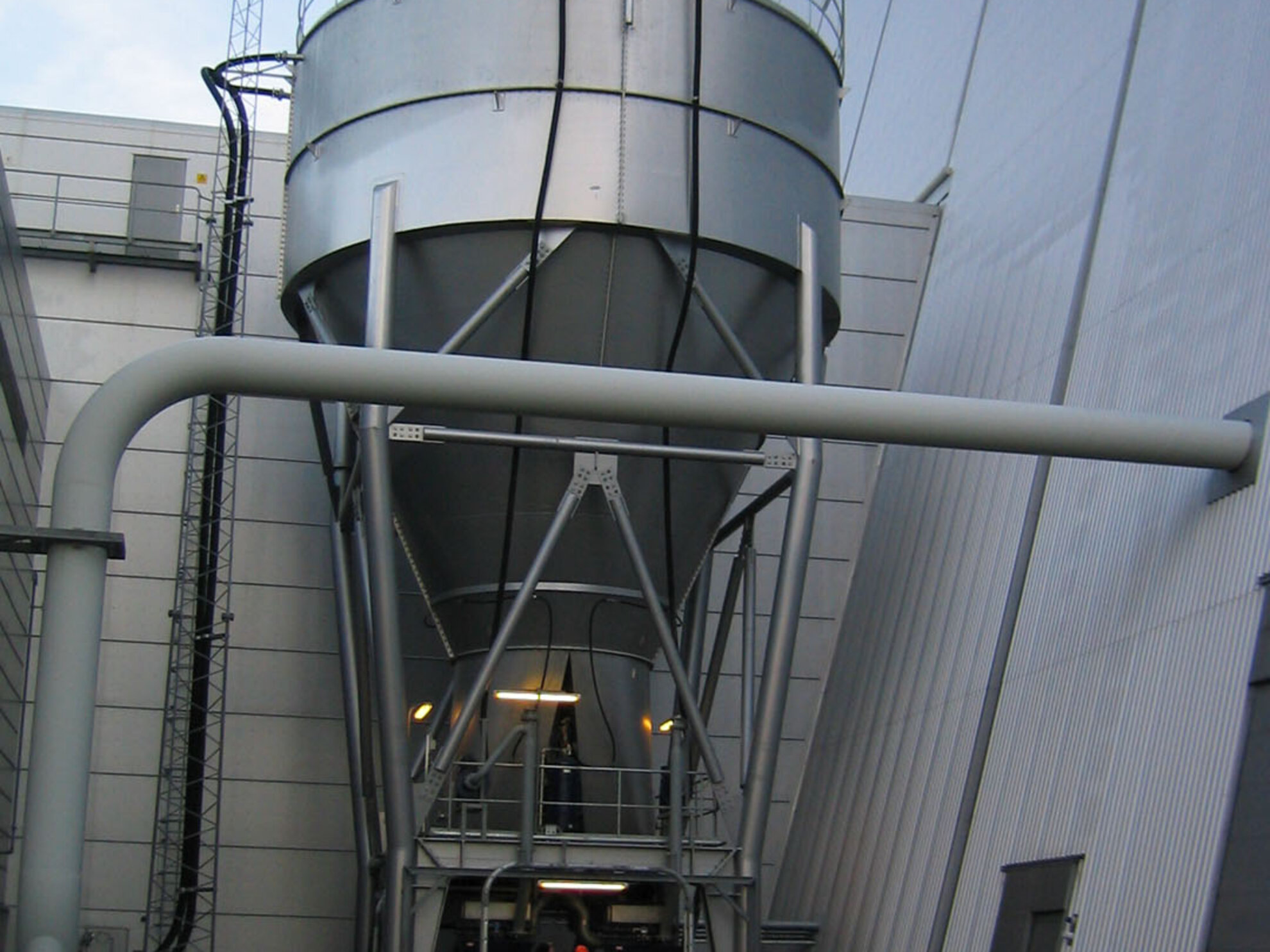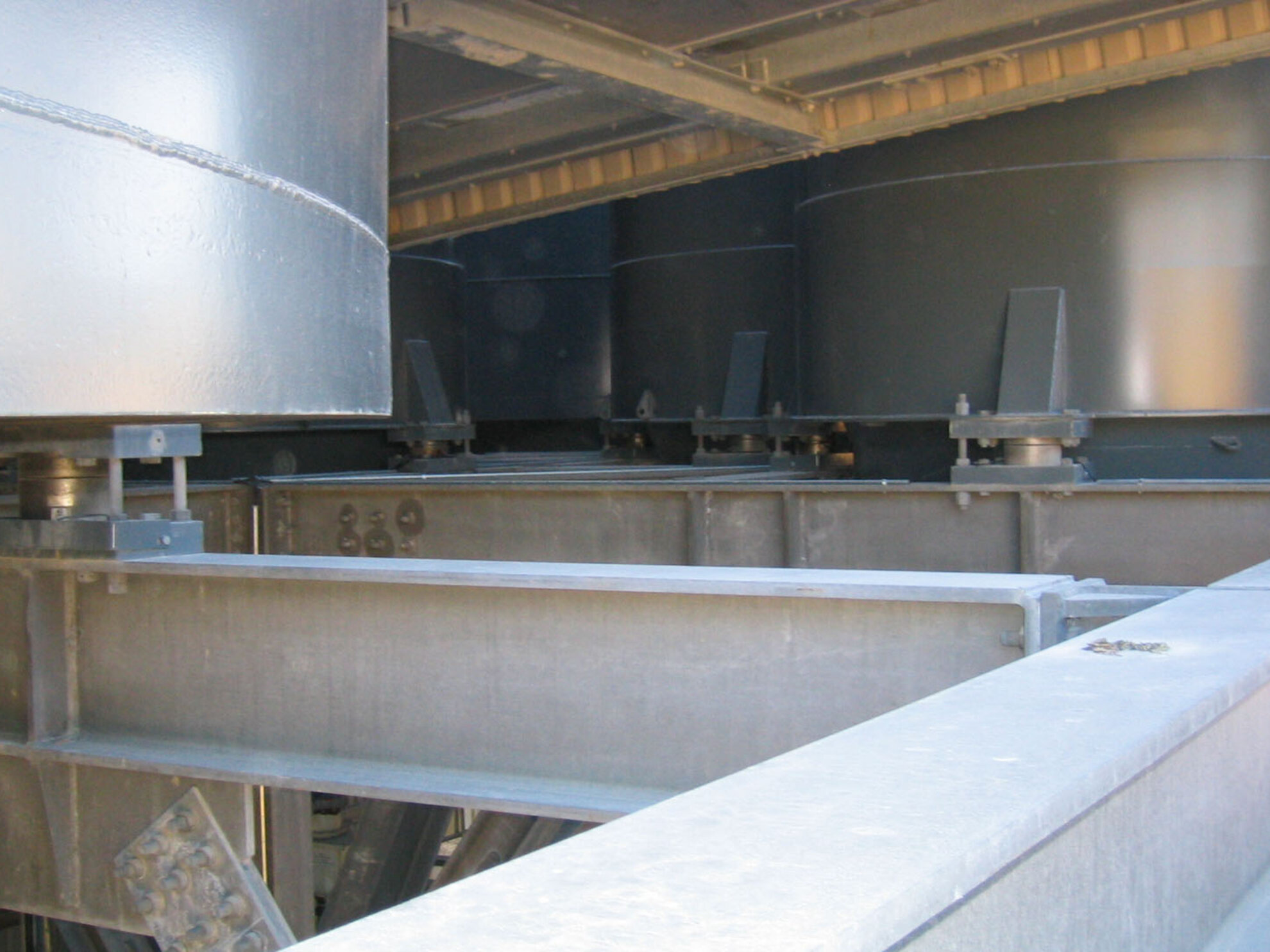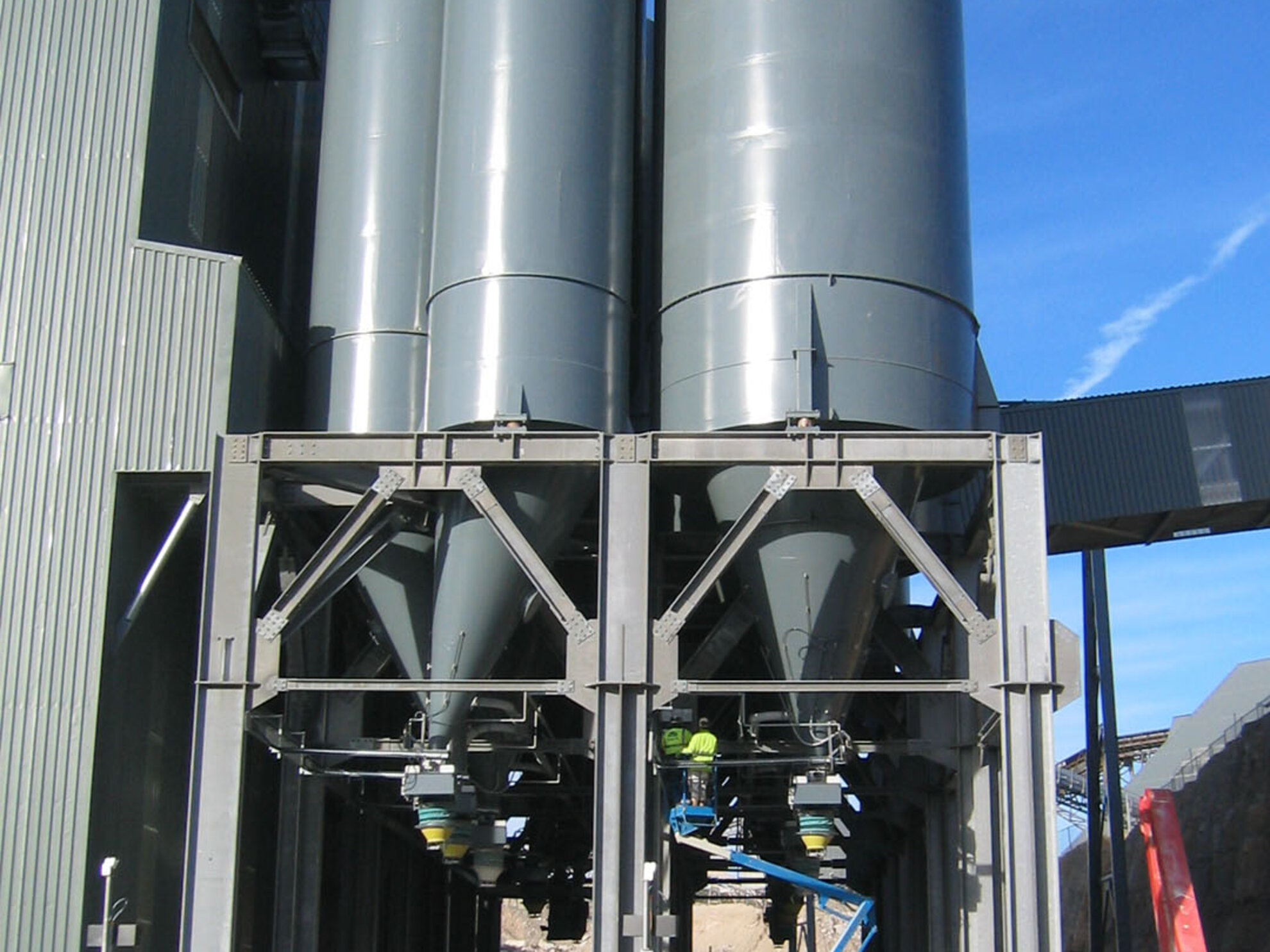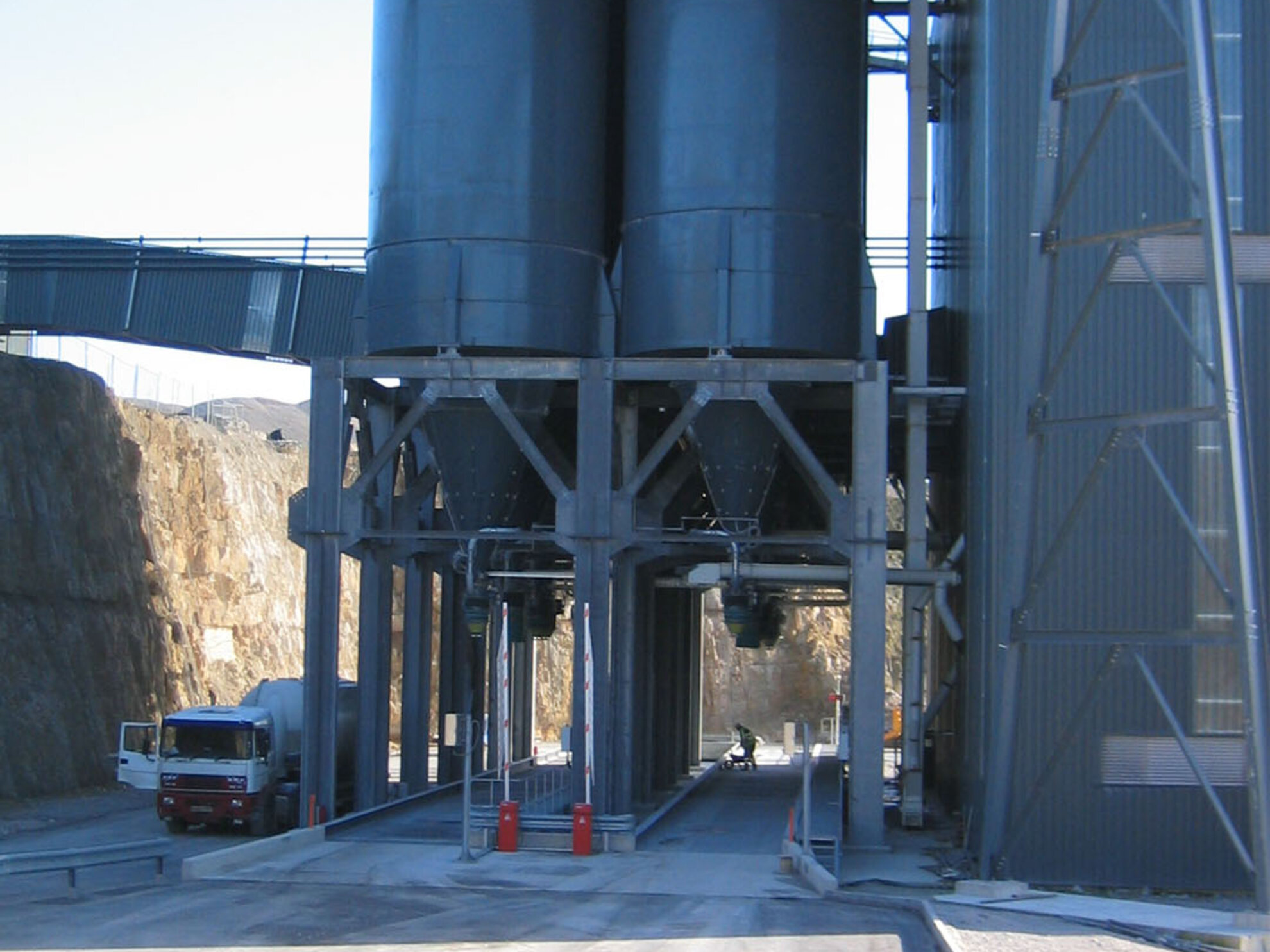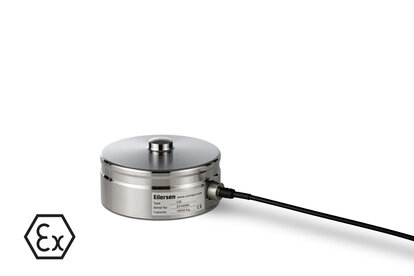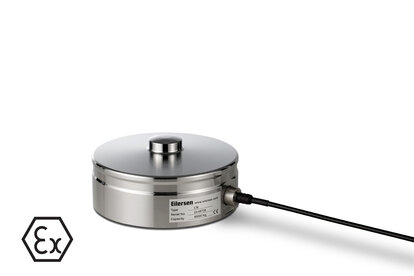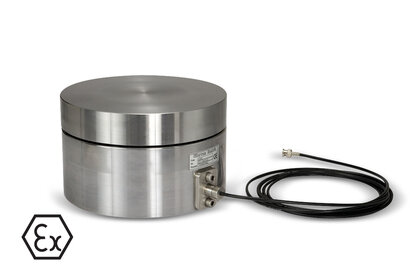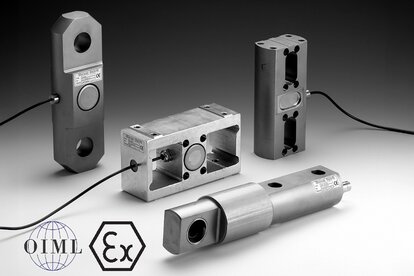Silo Weighing Solutions
Accurate silo weighing is essential for managing inventory, optimizing production, and ensuring safety across a wide range of industries.
Using weight-based control for silo management offers clear advantages over volumetric methods. Weighing provides greater accuracy and makes it easier to track and control inventory and processes.
Whether you are designing a silo to handle grains, powders, liquids, or other bulk materials, weighing is a universal solution that delivers reliable results for any silo and material type.
In food production and pharmaceutical manufacturing, silos are used for handling various types of bulk materials that must be accurately measured and monitored throughout the process. Accurate silo weighing is critical in maintaining quality, consistency, and regulatory compliance.
Eilersen's silo weighing systems use advanced digital load cells that are pre-calibrated for simple installation and maintenance. The load cells are robust, made from stainless steel, and hermetically sealed to withstand harsh environments and to ensure regulatory compliance.
Up to 10x overload and sideloads
Protect yourself from errors caused by wind or uneven distribution. Eilersen load cells tolerate up to 1000% overloads and sideloads, and our proprietary signal processing efficiently compensates for uneven loads between load cells.
Tolerates welding on installation
The contactless sensor in our capacitive load cells means that the load cells are unaffected by EMC and welding voltages.
Easy commissioning and service
With the possibility of monitoring load and status of individual load cells in a system, combined with integrated diagnostics features, our load cells do not require regular maintenance, and the user will be alerted if an issue occurs, providing fast and easy troubleshooting.
Silo Weighing System Configurations
Silo weighing systems are widely used in sectors where bulk storage and continuous material flow are critical. The systems are typically designed based on factors like silo size, material type, environmental conditions, and required accuracy. In general, the following considerations should be made:
Capacity: Load cells should be sized to handle not only the maximum expected load, but also dynamic forces, such as impact loads that occur during filling and uneven distribution within the silo. Impact loads can exert much higher forces on the load cells than the static load alone. These transient forces can cause overload or even damage if not properly accounted for. This is especially an issue in strain gauge load cells, which do not resist overloads and shock forces as well as capacitive load cells.
Accuracy: Select load cells that match the required weighing accuracy for your application, whether for precise batching or general inventory control. Accuracy is a dynamic measure based on a percentage of the maximum rated capacity of the load cell (Emax). This means that the system configuration will be capable of higher resolutions if it has a lower system capacity.
Hazardous zones: In facilities where gas or dust is present, load cells and associated electronics must comply with ATEX directives. Read more on weighing in ATEX environments.
Mechanical installation and mounting: Account for appropriate mounting kits when designing the silo and make sure the silo's base is engineered for stability.
Calibration: Opt for systems that are easy to install and calibrate, and support your base design. Eilersen's digital capacitive load cells are pre-calibrated from factory, and can be calibrated to account for slopes if the floor is lopsided.
Environmental influences: Consider the environment in which the silo will be located and what external influences the silo and weighing system can be exposed to. Special adaptations must be made if external forces include fluctuations in temperature, wind forces, vibrations, rigorous cleaning procedures, or the presence of electrical interference or stray voltages. While most environmental influences can be calibrated for, some types of load cells are more resistant to certain influences, and some load cells are entirely unaffected by certain influences. For example, capacitive load cells are contactless between the sensor and the load cell body. This means that they are resistant to voltage transients exceeding 500V.
Complete measuring chain: Besides the load cell, the weighing system will also require a module, also called a weight transmitter, and a terminal or integration to external equipment. For simple installation and maintenance, consider a supplier that offers the complete measuring chain.

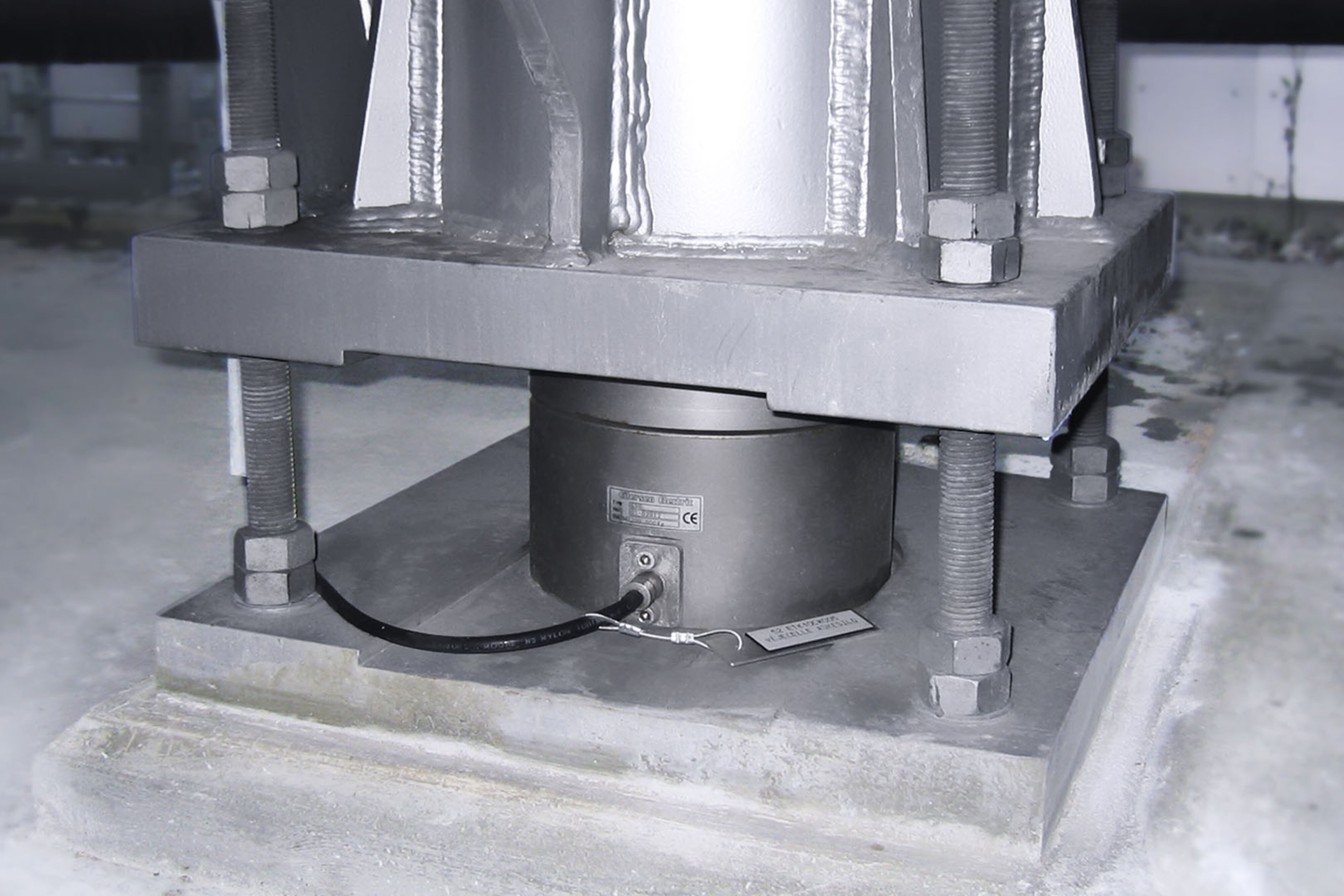
4 Tips for Silo Design
Designing and installing silos and tanks require careful attention to hygiene, accuracy, and safety. To ensure that neither is compromised, it is always a good idea to consult with the load cell provider. Here are a few tips to consider:
Minimize piping interference: Rigid connections can interfere with the accuracy of the weighing system—the load can rest on the connection, they can transfer vibrations or even cause slight movements. Not all tanks and silos does are equipped with permanent connections, weighing-wise, these are ideal for achieving high accuracy. If connections are necessary, using flexible hoses or bellows will allow the silo or tank to move slightly as it fills and empties, while the load cells only measure the true weight of the contents. Using flexible connections will prevent force shunts and weighing errors.
Stable and level supports: While slope adjustments are possible in the calibration of Eilersen's digital capacitive load cells, it is not true for all weighing technologies. Taking time to ensure a stable and level setup will ensure the most reliable results from your weighing system. But in applications where this is not possible, for example on floors that are inclined to let liquids flow and have easier cleaning, other adjustments must be made. If you wish to prioritize reliability and a hassle-free installation, consider using Eilersen load cells for your silo and tank weighing.
Choose hygienic materials: In food production and pharmaceutical manufacturing, hygiene is a key design factor. Silos should be constructed from stainless steel and with smooth surfaces to minimize the risk of contamination. The same principle goes for load cells. Make sure to use EHEDG compliant hygienic load cells that are hermetically sealed and resistant to cleaning agents. If you choose Eilersen's hygienic load cells, you ensure compliance with industry hygiene regulations.
Easy cleaning and access: Designing silos for easy cleaning and maintenance is important for both hygiene and operational efficiency. Ensure there is enough space around components to allow access for routine cleaning, inspection, and maintenance. Good access helps operators keep the system clean and allows for timely identification and resolution of potential issues, supporting both safety and productivity.
Load Cells for Silo Weighing
Eilersen are experts in silo weighing and other heavy duty applications. If you wish to consult with an expert, don't hesitate to reach out.
Silo Weighing Applications
